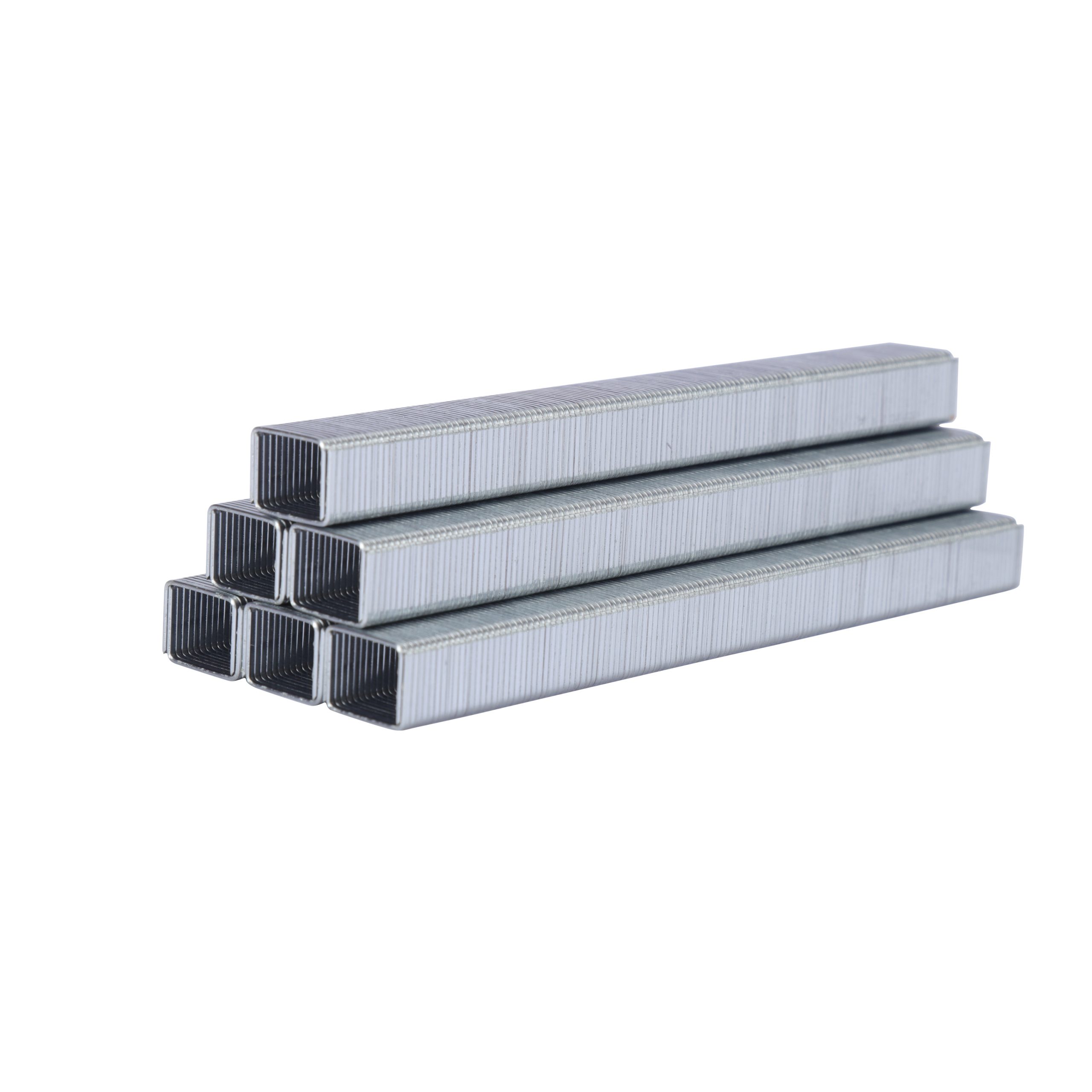Nails
1. Ordinary fixed nails, also known as round nails with heads, are made of materials such as copper and iron, and are widely used to fix furniture, packaging wooden boxes, and branch racks
2. Headless and round nails, also known as furniture nails, are made of the same material as round nails with heads. They are generally used in places where the surface of the nails needs to be flat.
3. The material of the floor nail is the same as above, and the appearance of the head of the floor nail has a depression, and the nail body is threaded.

It is generally galvanized and colored zinc, mainly used for nailing wooden floors, and some can also replace ordinary round nails and headless round nails. It is different from the above two types of nails in that it is not easy to loosen and has anti rust ability. The most commonly used specifications for the above types of nails are 1.5 inches, 2.0 inches, 2.5 inches, and 3.0 inches.
4. Cement nails, made of steel, can be directly nailed into low-grade concrete, brick masonry, and thin iron plates.
5. U-shaped nails, also known as horse riding nails, are used to nail copper mesh objects or hang wires inside and outside.
Screw type
1. The bolts have cross countersunk head, cross half countersunk head, cross round head, hexagonal and internal hexagonal head, and are made of iron and stainless steel,
Copper, generally cross head bolts can be used without nuts and can be directly threaded on connecting objects. The characteristic of internal hexagonal bolts is that the head is embedded in the machine part, the connection strength is high, and they are commonly used in machine tool accessories.
2. Nuts include hexagonal nuts, nylon fastening nuts, and butterfly nuts. Nylon nuts are used to prevent loosening and are often used in machinery with high vibrations. The characteristic of butterfly nuts is that they are used on some parts that often require disassembly and have low connection strength.
3. The washer has a flat ring and a spring washer. The flat washer is placed under the nut to prevent scratches on the surface of the machine, reducing the pressure on the nut per unit area of the machine. The function of the spring washer is to prevent the nut from loosening.
Screws
1. Wooden screws, made of iron and copper materials, are used for fixing metal parts or other items with general wood.
2. Fiberboard screws, made of steel, are mainly characterized by cross countersunk heads and large heads, which helps them secure onto high-density fiberboard.
3. Self tapping screws and wall panel screws, characterized by being able to be directly used to connect thinner iron sheets or plastic products.
4. Drill tail self tapping screws and temple wrench screws, the main feature of drill tail self tapping screws is that they can directly fix the blade. The feature of the wall wrench screw is that it has pockmarks and is used to fix the wrench surface that needs to be painted. Its function is to make a daily monk hit the clock and paint it.
The most commonly used specifications for self tapping fine wire and wood screws are 3.5X16, 4.0X16, 3.5X30, 40X30, 3.5X35, 4.0X35, 4.0X35, 3.5X40, 4.0X40. The first few represent diameter, and the last few represent length.
6. Metal expansion screw covers are commonly used to connect high-strength objects to walls for fixing. The specifications include:
6 * 65, 6 * 80, 8 * 110, 12 * 110.
Materials include: iron, stainless steel
7. External and internal expansion screws, characterized by the ability to connect suspension rods and screws to the inner teeth after expansion, and can be fully expanded even in poor wall conditions.
The above two types of flat head expansion and accumulation are generally used on the surface of fixed objects, requiring overall aesthetics
8. Hollow expansion screws are used to fix objects in hollow and hollow walls.
9. Most of products sold on site are nylon expansion or rubber particles, used in conjunction with threaded nails, and used in situations where connection strength is not high. The specifications are 6mm, 8mm, and 10mm.
